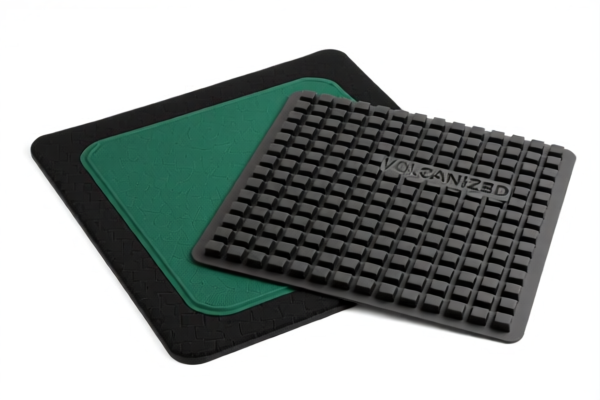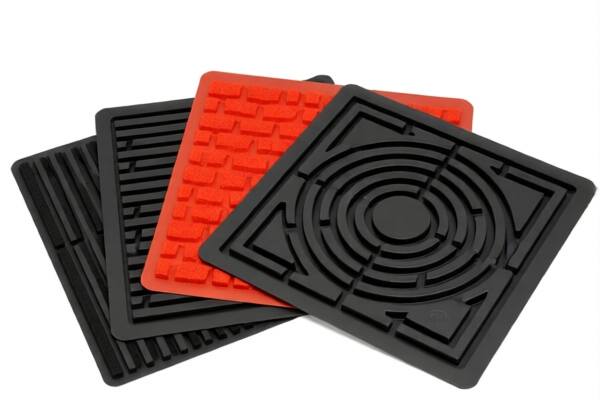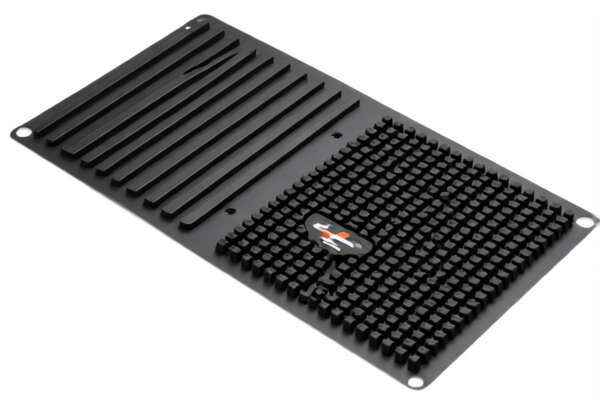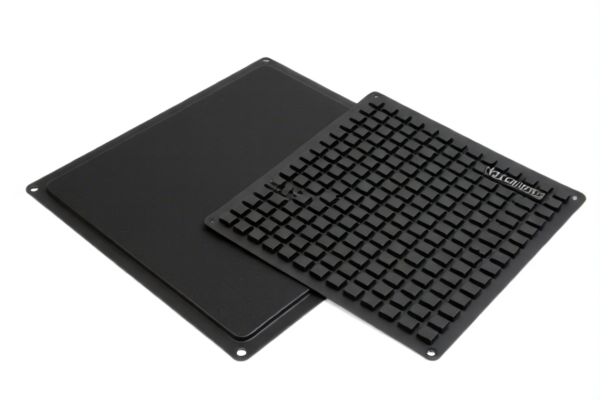| HS Code | Official Doc | Tariff Rate | Origin | Destination | Effective Date |
|---|---|---|---|---|---|
| 4008210000 | Doc | 55.0% | CN | US | 2025-05-12 |
| 4008292000 | Doc | 57.9% | CN | US | 2025-05-12 |
| 4016996010 | Doc | 57.5% | CN | US | 2025-05-12 |
| 4016993000 | Doc | 55.0% | CN | US | 2025-05-12 |
| 5609004000 | Doc | 58.9% | CN | US | 2025-05-12 |
| 5609001000 | Doc | 57.9% | CN | US | 2025-05-12 |
| 5404198080 | Doc | 61.9% | CN | US | 2025-05-12 |
| 5404191000 | Doc | 57.7% | CN | US | 2025-05-12 |
| 5604909000 | Doc | 60.0% | CN | US | 2025-05-12 |
| 5604902000 | Doc | 63.8% | CN | US | 2025-05-12 |
| 8307103000 | Doc | 58.8% | CN | US | 2025-05-12 |
| 8307106000 | Doc | 58.8% | CN | US | 2025-05-12 |
| 8308909000 | Doc | 57.7% | CN | US | 2025-05-12 |
| 3926903000 | Doc | 59.2% | CN | US | 2025-05-12 |
| 3926909989 | Doc | 42.8% | CN | US | 2025-05-12 |
| 3916100000 | Doc | 60.8% | CN | US | 2025-05-12 |
| 3916200010 | Doc | 60.8% | CN | US | 2025-05-12 |
| 4823906000 | Doc | 55.0% | CN | US | 2025-05-12 |
| 4823908000 | Doc | 55.0% | CN | US | 2025-05-12 |
| 4821904000 | Doc | 55.0% | CN | US | 2025-05-12 |
| 4821902000 | Doc | 55.0% | CN | US | 2025-05-12 |




Car Protector Strips
Car protector strips, also known as door edge guards, bumper protectors, or rub rail moldings, are accessories designed to safeguard vehicle surfaces from minor impacts, scratches, and chipping. They are typically applied to vulnerable areas of a car’s exterior.
Material
These strips are manufactured from a variety of materials, each offering different levels of protection and aesthetic qualities:
- PVC (Polyvinyl Chloride): A common and cost-effective option, PVC strips are flexible, durable, and resistant to weathering.
- Rubber: Offers excellent impact absorption and flexibility, often used for heavier-duty protection.
- ABS Plastic: Provides a rigid, strong shield, typically used for bumper protectors.
- Carbon Fiber: Lightweight and strong, offering a premium look and superior protection, but generally more expensive.
- Stainless Steel: Durable and corrosion-resistant, often used for side body moldings and rub rails, providing both protection and a decorative element.
Purpose
The primary function of car protector strips is to:
- Prevent Damage: Shield paintwork from chipping caused by opening doors, parking maneuvers, or accidental contact with other objects.
- Reduce Repair Costs: Minimize the need for costly bodywork repairs.
- Maintain Vehicle Value: Preserve the vehicle’s aesthetic condition, potentially increasing its resale value.
- Enhance Appearance: Some strips are designed with aesthetic features to complement the vehicle’s styling.
Function
The strips operate by absorbing or deflecting impact energy. They act as a buffer between the vehicle's surface and potential hazards. The adhesive backing secures them firmly to the car’s body.
Usage Scenarios
- Parking Garages: Protection from doors of adjacent vehicles.
- Tight Parking Spaces: Preventing scrapes against walls or other obstacles.
- City Driving: Shielding against accidental contact with curbs or other vehicles.
- Off-Road Vehicles: Protecting the body from brush, rocks, and debris.
- Family Vehicles: Reducing damage from frequent door openings and passenger impacts.
Common Types
- Door Edge Guards: Applied to the edges of doors to prevent chipping when opening them. Often come in clear or black finishes.
- Bumper Protectors: Attached to bumpers to protect against minor impacts during parking or low-speed collisions. Available in various shapes and sizes.
- Rub Rails (Side Body Moldings): Longer strips applied along the sides of the vehicle to protect against scrapes and dents. Often feature a chrome or stainless steel finish.
- Rear Bumper Protectors: Specifically designed to protect the rear bumper from parking damage.
- Corner Protectors: Applied to the corners of bumpers to protect against angled impacts.
- Universal Strips: Flexible strips that can be cut to fit various vehicle models and applications.
Car protector strips can be categorized based on their material composition and function. These strips are typically used to protect vehicle surfaces from scratches, dents, and other damage. Based on the provided information, the following HS codes may be relevant:
- 4008210000: Plates, sheets, strip, rods and profile shapes, of vulcanized rubber other than hard rubber: Of noncellular rubber: Plates, sheets and strip. This code applies to products made of vulcanized rubber, excluding hard rubber, specifically plates, sheets, and strips of noncellular rubber. If the car protector strips are made of this material, this HS code is applicable. The total tax rate is 55.0%, comprising a 0.0% basic tariff, a 25.0% additional tariff, and a 30.0% additional tariff effective after April 2, 2025.
- 4008292000: Plates, sheets, strip, rods and profile shapes, of vulcanized rubber other than hard rubber: Of noncellular rubber: Other: Profile shapes. This code is for vulcanized rubber profile shapes (excluding hard rubber) made of noncellular rubber. If the car protector strips are manufactured as profile shapes, this HS code is relevant. The total tax rate is 57.9%, consisting of a 2.9% basic tariff, a 25.0% additional tariff, and a 30.0% additional tariff effective after April 2, 2025.
- 3926903000: Other articles of plastics and articles of other materials of headings 3901 to 3914: Other: Parts for yachts or pleasure boats of heading 8903; parts of canoes, racing shells, pneumatic craft and pleasure boats which are not of a type designed to be principally used with motors or sails. If the car protector strips are made of plastic and are considered parts for vehicles, this HS code may apply. The total tax rate is 59.2%, comprising a 4.2% basic tariff, a 25.0% additional tariff, and a 30.0% additional tariff effective after April 2, 2025.
- 3916100000: Monofilament of which any cross-sectional dimension exceeds 1 mm, rods, sticks and profile shapes, whether or not surface-worked but not otherwise worked, of plastics: Of polymers of ethylene. If the car protector strips are made of plastic polymers of ethylene, this HS code is applicable. The total tax rate is 60.8%, consisting of a 5.8% basic tariff, a 25.0% additional tariff, and a 30.0% additional tariff effective after April 2, 2025.
It is important to determine the exact material composition of the car protector strips to ensure accurate classification.
Customer Reviews
No reviews yet.